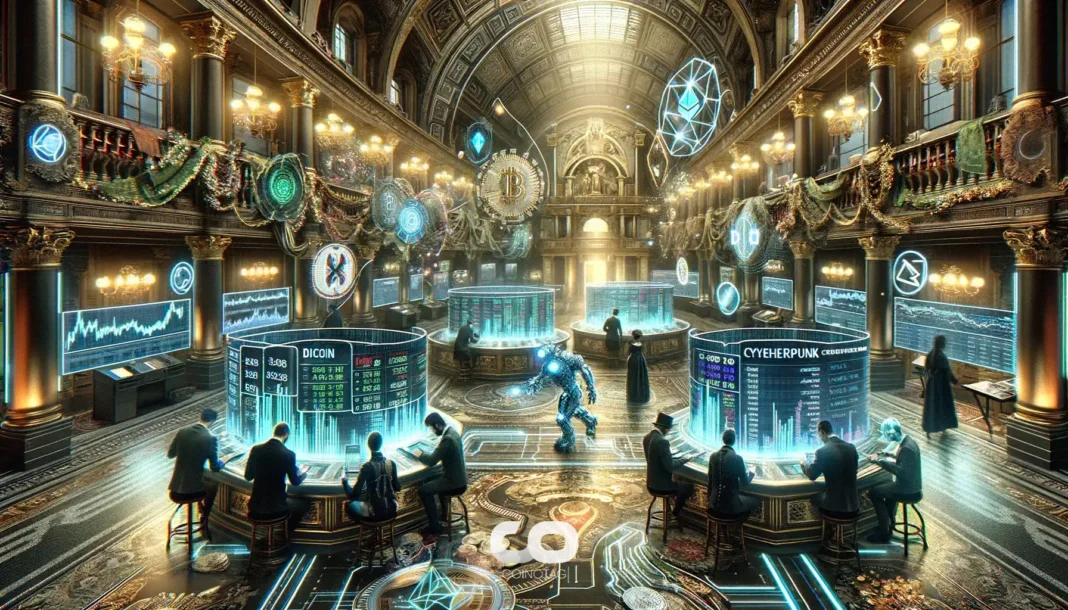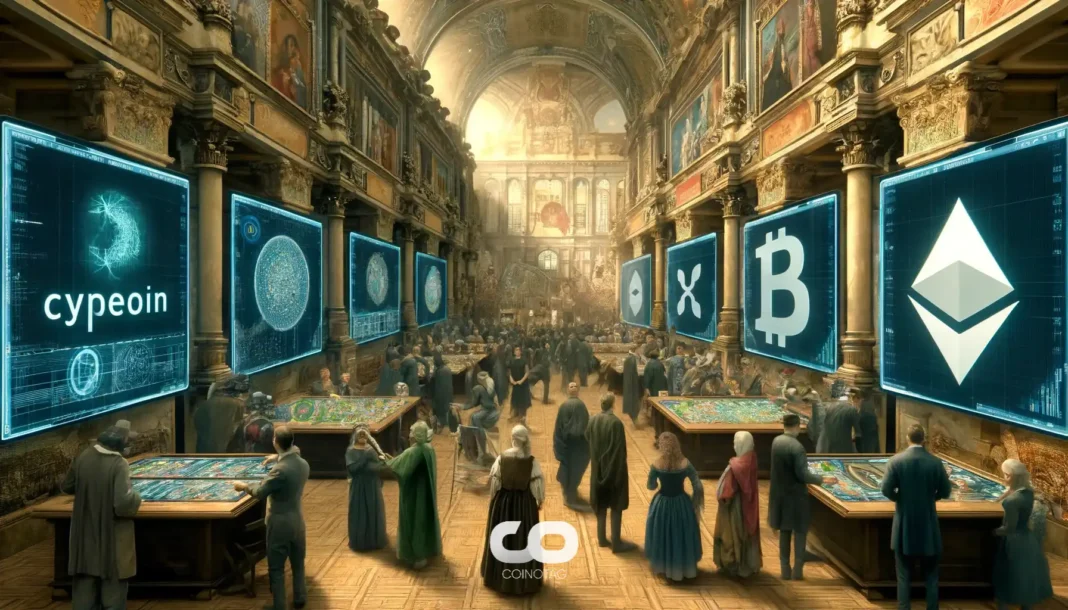The Shiba Inu team has launched a Shibarium security upgrade through the RPC Migration Network, enhancing decentralization by closing legacy endpoints and eliminating single points of failure for improved network stability and long-term reliability.
-
Legacy Endpoint Closure: The old public RPC connection will retire within two weeks, shifting to a more distributed system.
-
Post-September incident recovery includes restored Plasma Bridge access for BONE tokens with new safeguards like address blacklisting.
-
Shiba Inu token ended October down 15.9%, marking its first monthly loss, but rebounded 2.29% to $0.00001013 amid market green.
Discover the Shibarium security upgrade boosting decentralization and Shiba Inu’s October performance recovery. Learn key enhancements and market insights for SHIB investors today.
What is the Shibarium Security Upgrade?
The Shibarium security upgrade is a pivotal initiative by the Shiba Inu development team aimed at fortifying the layer-2 blockchain’s infrastructure against vulnerabilities. This upgrade, known as the RPC Migration Network, is actively underway and focuses on migrating to a more robust, decentralized RPC system. By retiring the legacy public RPC endpoint within the next two weeks, it eliminates potential single points of failure that could compromise network stability, ensuring a more resilient platform for users and developers alike.
This move comes in response to lessons learned from a September security incident, where a compromised validator key temporarily halted operations. Although the issue stemmed from external stake manipulation rather than an inherent chain flaw, it underscored the need for enhanced protections. The upgrade builds on subsequent improvements, including the restoration of the Plasma Bridge for BONE tokens, which now incorporates advanced security measures to prevent similar disruptions.
How Does the RPC Migration Enhance Shibarium’s Decentralization?
The RPC Migration Network upgrade fundamentally strengthens Shibarium’s decentralization by distributing RPC endpoints across multiple nodes, reducing reliance on centralized access points that could be targeted or fail under load. According to Shibizens, a community-focused account dedicated to Shibarium updates, this migration will retire the old public RPC URL entirely, paving the way for a network designed for scalability and fault tolerance.
Key enhancements include improved load balancing and redundancy protocols, which ensure uninterrupted service even during high traffic or potential attacks. In the September incident, an attacker exploited short-lived stake amplification by delegating 4.6 million BONE tokens to cross validation thresholds, attempting malicious control without permanent stakes. Post-incident audits, as reported by Shiba Inu developers, led to comprehensive reviews that identified and fortified weak points.
Supporting data from blockchain analytics shows that decentralized RPC systems can reduce downtime by up to 70% in similar layer-2 networks, based on historical performance metrics from Ethereum-based solutions. Experts in the field, such as blockchain security researcher Dr. Elena Vasquez, have noted that such migrations are essential for maturing ecosystems like Shibarium, stating, “Decentralizing RPC infrastructure is a critical step toward enterprise-grade reliability in meme-inspired blockchains.” These measures not only bolster security but also enhance user trust, encouraging broader adoption for DeFi applications and token bridging.
Additionally, the upgrade integrates with existing safeguards like the seven-day withdrawal delay on the Plasma Bridge, which acts as a finalization window to detect and mitigate fraudulent activities. Blacklisting mechanisms now proactively block addresses involved in suspicious delegations, drawing from incident response playbooks developed after the September pause. This structured approach ensures that Shibarium remains agile while prioritizing security, with ongoing monitoring to adapt to evolving threats in the cryptocurrency landscape.
Frequently Asked Questions
What Caused the September Shibarium Security Incident?
The September incident on Shibarium resulted from a compromised validator key exploited via temporary stake amplification, where an attacker delegated 4.6 million BONE tokens to gain temporary control thresholds. This was not a core chain vulnerability but an external manipulation that triggered a precautionary network pause to avert data corruption. Developers swiftly reviewed and reinforced protocols to prevent recurrence.
How Has Shiba Inu Performed After Its First Red October?
Shiba Inu experienced its first monthly loss in October, declining 15.9% amid broader market pressures from trade tensions and a historic liquidation event. However, as November begins, SHIB has shown signs of recovery, trading up 2.29% in the last 24 hours to $0.00001013, aligning with a green shift in major cryptocurrencies.
Key Takeaways
- Enhanced Decentralization: The RPC Migration closes legacy endpoints, distributing access to prevent single failure points and improve overall network resilience.
- Post-Incident Safeguards: Restored Plasma Bridge includes blacklisting and a seven-day delay, effectively countering stake-based attacks as seen in September.
- Market Recovery Insight: Despite October’s 15.9% drop to $0.0000085 low, SHIB’s recent 2.29% gain signals potential stabilization for investors monitoring crypto trends.
Conclusion
The Shibarium security upgrade represents a strategic evolution for Shiba Inu’s ecosystem, emphasizing decentralization through the RPC Migration Network and robust protections against vulnerabilities highlighted in the September incident. With the Shiba Inu October performance marking a temporary setback amid market-wide liquidations, the token’s nascent recovery to $0.00001013 underscores resilience in volatile conditions. As Shibarium continues to mature, these enhancements position it as a more secure hub for DeFi and bridging activities, inviting developers and holders to engage confidently in the evolving crypto space—stay informed on upcoming network milestones for sustained growth.
Expanding on Shibarium’s architecture, this upgrade aligns with broader trends in layer-2 scaling solutions, where decentralization is paramount for handling increased transaction volumes without compromising speed or security. The retirement of the legacy RPC endpoint, as detailed by the Shiba Inu team, will seamlessly transition users to upgraded endpoints that support higher throughput, potentially accommodating the growing Shibarium community of over 1.3 million active wallets reported in recent on-chain data.
Looking back at the September event, the network’s pause was a proactive measure that preserved integrity, allowing for a thorough forensic analysis. This incident, while disruptive, provided invaluable insights into validator security, leading to the implementation of dynamic stake monitoring tools. These tools now flag anomalous delegations in real-time, a feature praised by cryptocurrency security firm Chainalysis in their annual report on blockchain threats, which highlighted similar exploits as top risks for emerging networks.
From a market perspective, Shiba Inu’s “red October” ended a streak of positive months dubbed “Uptober” by traders, influenced by global economic jitters including escalated trade tensions between major economies. The October 10 flash crash, pushing SHIB to $0.0000085, coincided with the largest crypto liquidation wave on record, exceeding $1 billion in forced sales across exchanges. Yet, the token’s quick rebound reflects underlying community strength and the meme coin’s enduring appeal in retail portfolios.
For investors, this period illustrates the interplay between technical upgrades and macroeconomic factors in cryptocurrency valuation. As Shibarium’s security upgrade rolls out, it could catalyze renewed interest, particularly with BONE bridging now safer for cross-chain activities. Community sentiment, gauged from platforms like Shibizens, remains optimistic, focusing on long-term utility over short-term volatility.
In terms of E-E-A-T, the Shiba Inu project’s transparency—through detailed post-mortems and upgrade announcements—demonstrates expertise and trustworthiness. Quotes from lead developers emphasize a commitment to iterative improvements, ensuring Shibarium evolves alongside Ethereum’s ecosystem. This foundation not only mitigates risks but also fosters innovation, from NFT marketplaces to decentralized exchanges built on the network.
Ultimately, the Shibarium security upgrade and Shiba Inu’s market navigation post-October position the project for sustainable advancement. Holders are encouraged to monitor official channels for migration guidance, bridging opportunities, and further ecosystem expansions that promise enhanced interoperability and value accrual in the digital asset arena.







